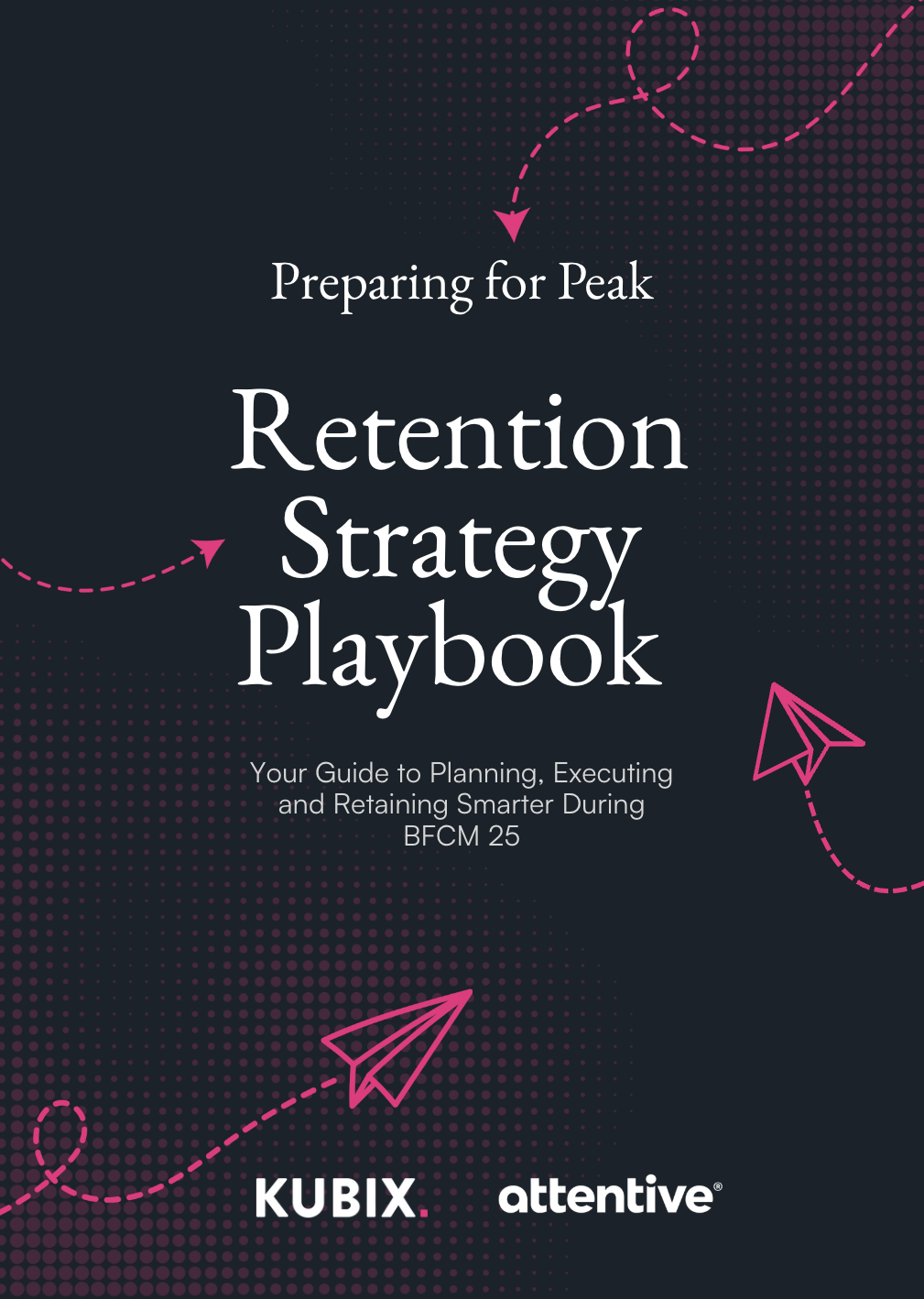Interview multiple candidates
Lorem ipsum dolor sit amet, consectetur adipiscing elit proin mi pellentesque lorem turpis feugiat non sed sed sed aliquam lectus sodales gravida turpis maassa odio faucibus accumsan turpis nulla tellus purus ut cursus lorem in pellentesque risus turpis eget quam eu nunc sed diam.
Search for the right experience
Lorem ipsum dolor sit amet, consectetur adipiscing elit proin mi pellentesque lorem turpis feugiat non sed sed sed aliquam lectus sodales gravida turpis maassa odio.
- Lorem ipsum dolor sit amet, consectetur adipiscing elit.
- Porttitor nibh est vulputate vitae sem vitae.
- Netus vestibulum dignissim scelerisque vitae.
- Amet tellus nisl risus lorem vulputate velit eget.
Ask for past work examples & results
Lorem ipsum dolor sit amet, consectetur adipiscing elit consectetur in proin mattis enim posuere maecenas non magna mauris, feugiat montes, porttitor eget nulla id id.
- Lorem ipsum dolor sit amet, consectetur adipiscing elit.
- Netus vestibulum dignissim scelerisque vitae.
- Porttitor nibh est vulputate vitae sem vitae.
- Amet tellus nisl risus lorem vulputate velit eget.
Vet candidates & ask for past references before hiring
Lorem ipsum dolor sit amet, consectetur adipiscing elit ut suspendisse convallis enim tincidunt nunc condimentum facilisi accumsan tempor donec dolor malesuada vestibulum in sed sed morbi accumsan tristique turpis vivamus non velit euismod.
“Lorem ipsum dolor sit amet, consectetur adipiscing elit nunc gravida purus urna, ipsum eu morbi in enim”
Once you hire them, give them access for all tools & resources for success
Lorem ipsum dolor sit amet, consectetur adipiscing elit ut suspendisse convallis enim tincidunt nunc condimentum facilisi accumsan tempor donec dolor malesuada vestibulum in sed sed morbi accumsan tristique turpis vivamus non velit euismod.
Eventually, as a business grows, most merchants move onto a standalone solution, such as Shopify. But which is better? Should you be sticking with the likes of Etsy, eBay or Amazon when your business starts turning over big figures, or rely on your own website to drive sales?
In this blog, we'll outline the pros, cons and costs of Etsy, eBay, Amazon and Shopify so that you can make the best choice for your business.
Etsy: The Homemade Favourite

Etsy has long been a haven for creators of homemade, vintage and unique goods. Fostering a community around such creators, many amateur crafters have developed successful businesses out of the platform.
Pros
Etsy is super simple to get started with. Just sign up on their website, connect your bank account and input your business information, and you’ll be ready to sell in no time. With your products listed, Etsy’s search and recommendation engine makes it easy for like minded customers to find products within your particular niche.
Cons
While easy to use, Etsy is limited in terms of customisation. Every user gets a very generic landing page for their products and no more besides. There are also a couple of fees to bear in mind. Etsy charges a fee of $0.20 for each listing, and there's also a 6.5% transaction fee for every sale. Which means if you were to sell a beautifully handmade satchel for $50 (approximately £46), that would mean revenue of $46.55 for each one sold, giving Etsy $3.45. It’s also important to remember that an additional payment processing fee, which can vary depending upon location, would also apply to each sale.
eBay: The Amateur’s Friend

eBay is one of the internet’s greatest success stories. An online auction site where truly anyone can sell (almost) anything, many budding entrepreneurs start out on eBay thanks to its easy-to-use interface and its very low cost of entry. Eventually such budding entrepreneurs can become very successful, but that once low cost of entry can quickly become very costly if you’re generating high sales.
Pros
Much like Etsy, eBay is very user friendly. The platform allows anyone, whether a business owner or individual, to start listing products for sale with a few clicks. eBay requires zero technical expertise, making it a breeze to upload pictures of your items and even automatically generate product descriptions and specifications based on similar items sold by others.
Cons
Like Etsy, customisation is limited. Merchants can create a lightly customised product landing page, but this pales in comparison to having your own online store. There’s also a price tag attached to eBay’s ease of use. If you continue to use a basic eBay business account, you’ll be charged 30p for every item you list, and while you won’t be charged payment processing or transaction fees, you’ll be handing eBay a cut of every item you sell. This “final value fee” can vary widely depending upon the category of item you sell - from 3% for furniture over £1000 to 12.9% for watches and parts up to £450. For example, if you sold a watch for £300, you’d receive revenue of £261.63, and eBay would receive £38.37 for each watch sold. The categories are irrelevant, but one thing is clear - high volume merchants could soon be racking up costly fees.
Amazon: The Professional Marketplace

The order of this blog is very much intentional. Many Etsy and eBay sellers who hit the big time eventually find their way to Amazon. From big brands to start-ups, Amazon Marketplace is designed for high volume retailers who sell products around the world.
Pros
Amazon is the most successful online store in the world. They’ve taken over large swathes of retail, both online and offline. With this success comes immense trust, brand recognition and loyalty from customers. A large number of consumers now go straight to Amazon when searching for something new to buy online, often neglecting to shop around and check prices elsewhere. All of this bodes very well for merchants who sell items on Amazon. By being on Amazon, you also get access to an unparalleled fulfilment and logistics network, making it easy to start selling products nationwide or even around the world, with features such as same day delivery for Amazon Prime customers.
Cons
Access to such a successful platform comes at a cost to your individuality as a brand. Merchants on Amazon more closely resemble suppliers rather than distinct retailers, but this is the trade off you’ll have to make for access to such a successful marketplace.
In terms of fees, with an individual seller plan, you’ll be paying Amazon 75p per unit sold - a fee that could quickly eat into your bottom line. For higher volume merchants, they do offer a £25 per month “professional plan”, that removes the unit fee, but there are also referral fees to consider. Much like eBay’s final value fees, referral fees are a percentage of each sale that varies depending upon the category of item sold. These start as low as 5.1% for high value watches, to a sizable 15.3% for a variety of other categories including furniture and garden accessories. For example, if you were a garden furniture retailer on the professional plan selling a sun lounger for £250, you’d receive £211.75 of the sale, but have to hand Amazon a £38.25 cut for each lounger you sell.
How They Compare To Shopify

If your products are flying off their metaphorical shelves, it may be time to consider a much more independent solution. Shopify offers a blend of independence and ease of use. With your own storefront, domain name and branding, as well as the most comprehensive access to analytics and customer data, Shopify is a great choice for growing merchants.
It’s not just about the features though. Shopify’s pricing and fees are structured to support businesses who scale. First, there’s the subscription fee. Check out our dedicated pricing blog to see these, but in short, you pay a flat monthly or annual rate to get all the features of Shopify.
Second, there’s the listing and unit fees. With Shopify you pay a whopping £0.00 for every item you list. Oh, and for unit sales? That’s a big nothing too.
There are of course payment processing fees, but Shopify Payments keeps these competitively low, with the lowest fees available to Shopify Plus merchants. UK merchants using Shopify Payments are charged 1.6% of each transaction + 0.20p. So if you’re selling a T-shirt for £15, you’ll keep £14.56 in revenue.
It’s Decision Time
While the likes of eBay, Etsy and Amazon are easy to get started with, it’s clear that the costs can quickly add up. As your business outgrows these platforms, you can easily find yourself losing more of your well deserved profits to their fees.
For retailers who make sales into the thousands of units per month, Shopify is an excellent choice for growth. Want to level up even further? With over eight years of Shopify experience, we can help.
Ready to Begin your Black Friday Preparation?
We've teamed up with Attentive to compile this complete how to guide for planning, executing and retaining smarter during BFCM 25. Download your copy now:









.png)
